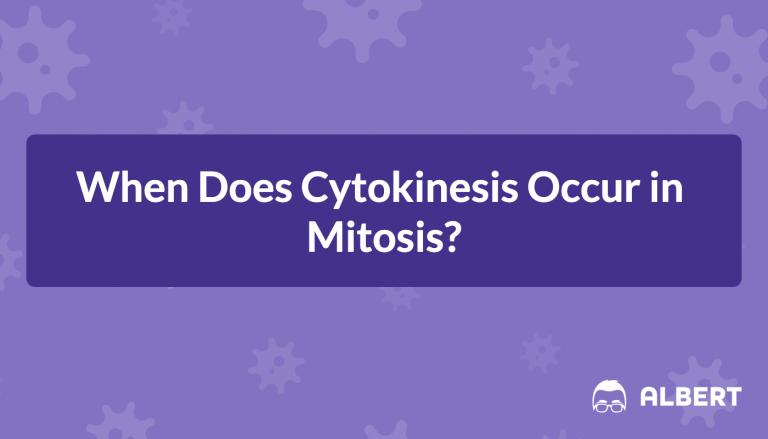
When Does Cytokinesis Occur in Mitosis?
Mitosis is the process whereby a cell reproduces asexually to produce two identical daughter cells. This occurs via nuclear division. Before mitosis, the number of chromosomes in the cell is doubled via chromosome replication, transforming the cell from a diploid (2n) cell to a tetraploid (4n) cell.




